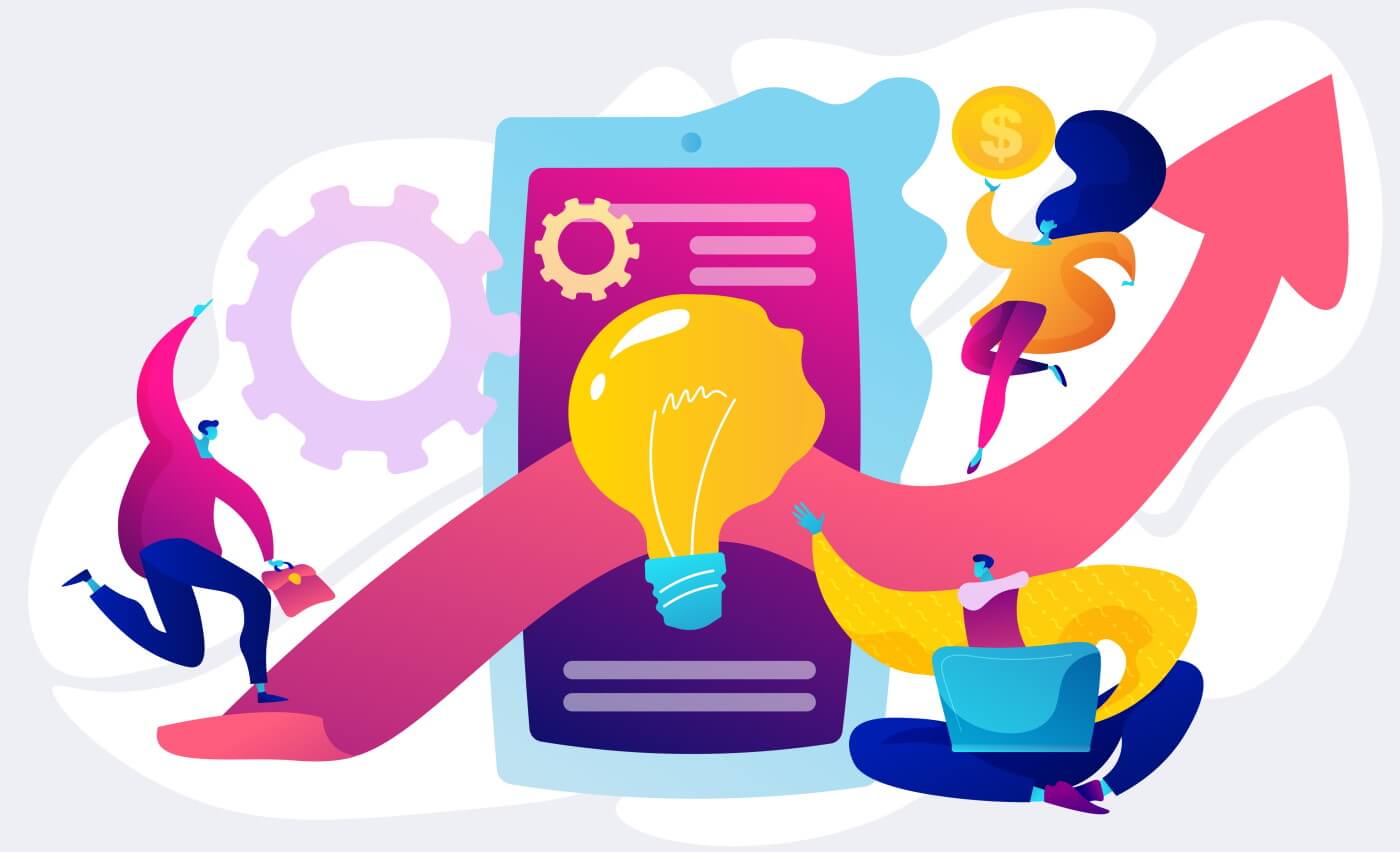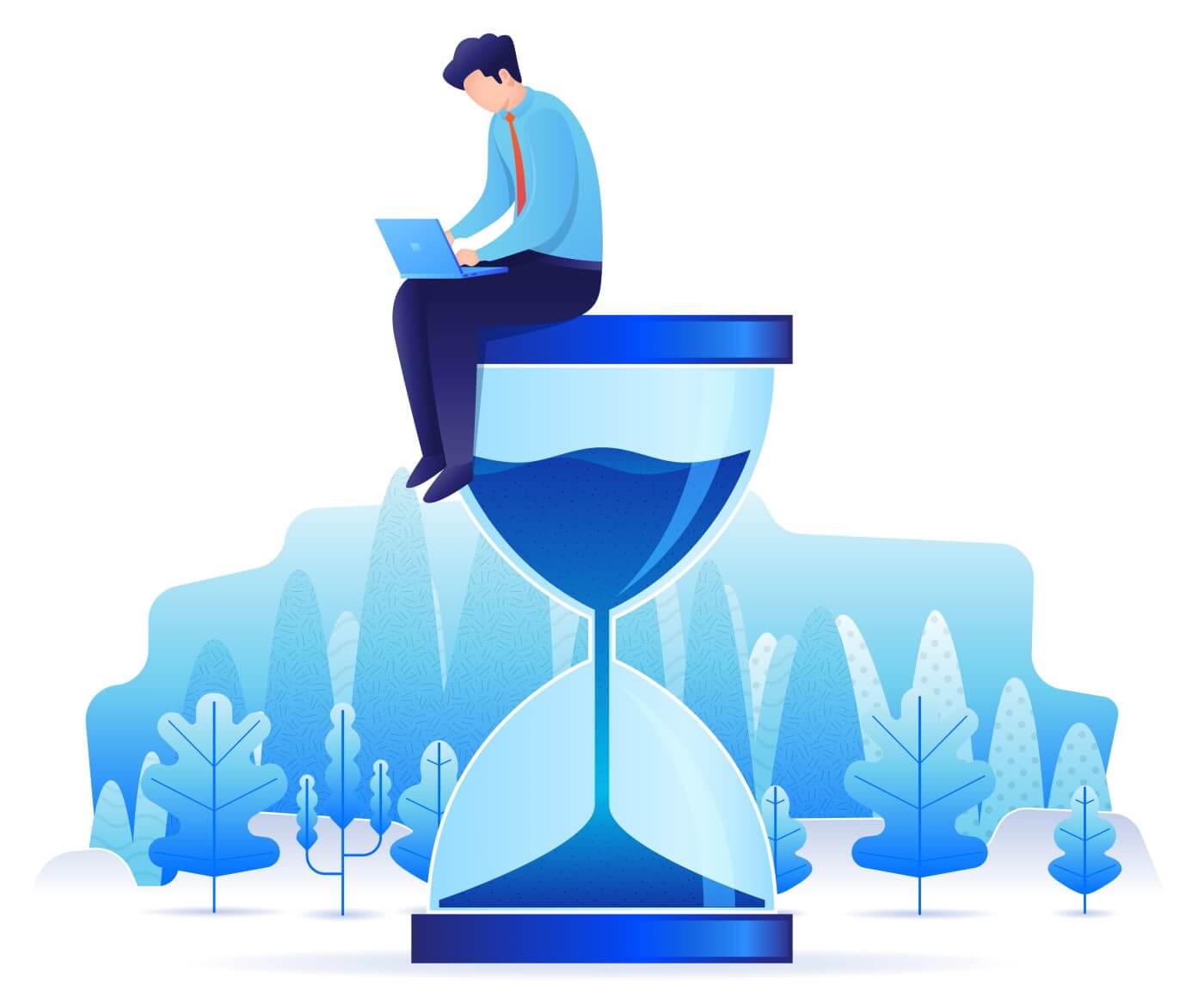How to Create an Effective Productivity Plan Using Monitoring Software
Poor productivity in the workplace can eat into your budget.
On average, a majority of employees (89%) waste about 30 minutes a day. A lot of this time is spent on social media and gabbing with other employees. About 30% of those employees might waste up to 3 hours a day! When you add that up, that’s 15 hours a week!
Investing in monitoring software can provide your company and project managers with valuable data so you can learn why overall productivity is going down the drain.
Monitoring software is a type of surveillance program so that you can understand normal employee behavior during work hours, allowing you to create an effective productivity plan and determine what to do if employees are slacking off.

Productivity Tracking Features of Monitoring Software
Employee tracking with employee monitoring software is a useful way to measure your employees’ productivity levels. This software has features like time tracking, website and app monitoring, and time wasted reports. Reports on productivity can be sent to the admin, usually the project manager so that you can trim down on wasted resources (resource management) and wasted time.
Monitoring software is therefore a valuable tool for measuring your team’s productivity and then coming up with a plan to optimize that productivity.
Here are some of the ways you can use employee monitoring to improve employee productivity:
Time Tracking
A key feature of monitoring software is time tracking. Time tracking with employee monitoring software is the manual time tracking for projects and tasks.
Time tracking features can usually connect to common apps that a company uses, like Google Docs and task management software. This means the time tracker will clearly display the exact name of the task that is being completed, making it easy to check in on progress as a whole. With the time tracking feature, employees can easily clock in and out for the day or for scheduled breaks.
Task Management
Tasks management is the ability to track and estimate the time required to complete a task. Tasks can be assigned to employees and be watched by a project manager. Task management is based on time tracking, so employees have to manually clock when they are working on the task.
While these estimates may occasionally be off, task time tracking is still a useful productivity tool for scheduling tasks and project completion dates, and keeping the project is completed on time.
Activity Monitoring
Employee monitoring software monitors user activity in order to track when the computer is active (and the employee is working), the websites that the employee visits, and trends on user behavior.
Activity monitoring can detect idle time, when the employee computer has been left on with no activity, and can easily detect when an employee is visiting social media during working hours.
Report on Poor Time Use
A key benefit of having activity monitoring is that it can identify bouts of time when an employee is wasting time.
A poor time use will track any time an employee visits a certain website or is on a certain app. So, if your employee is watching shows on youtube, then the poor time use report would tally up all those minutes to identify a total time of potential poor time use.
Productivity Tracker for Remote Workers
Employee productivity tracking for your remote team can be difficult. After all, the actual working hours of your remote employees might differ from the normal working hours in your time zone.
Employee monitoring software allows employees to track hours regardless of what time zone they are in or what time of day they choose to work so a project manager can assess if they are being productive or not.
Key Features of a Productivity Plan
A productivity plan is a type of program that an employer (i.e., usually a project manager or upper-level management role) and employees work on together.
This program establishes the expectations around the corporation’s productivity levels, task prioritization, and timelines for finishing a project.
Here are some of the key features:
- Employee Coaching: In general, most employees do not look forward to meetings with their project managers as it might involve constructive criticism or talk about an employees’ weakness. Therefore, be sensitive to negative reactions and try to construct your language in a way that the employee would receive it positively.
- Scheduling: Scheduling is when an employee and project manager work together to create an expectation on the delivery of project assets and tasks. Based on this schedule, the project manager will be able to create an estimated delivery date for the project as well as certain milestones to keep teams on track. Scheduling might be as detailed as an individual task schedule or it might be an overview of an entire project timeline.
- Team Collaboration: Team collaboration involves an entire team unit working together to complete a single goal. The contribution from each team member might be similar or unique, depending on their skillsets. If a project has a high amount of value or the current team is not skilled enough to complete it on their own, team collaboration might be encouraged across departments and businesses.
- Individual Accountability: Individual accountability is the acknowledgment (usually in an entire team unit) that all individuals in the unit will hold themselves accountable for performing a particular role. This might also mean that within that team, each member is accountable to ensure the others complete the goal as well. When a team is open about accountability, then they can have more open discussions around why a task was not completed.
- Team Productivity Levels: Team productivity levels is the assessment by a project manager of the productivity levels of a team as a whole.
A project manager will need to use a mixture of productivity tools (stats, measurements, etc) in order to reinforce why certain productivity behaviors are required. Additionally, they will need to have some knowledge of the employees’ priority tasks, the usual projects or tasks that they work on, and behavioral trends.
It is important to know of some different management styles so that you are prepared to coach each employee, facilitating a rise in productivity levels.
Using Employee Monitoring Software for Measuring Productivity

As a project manager, you know that it can be difficult to keep projects running on time and one of the biggest problems for project management is motivating your employees.
Monitoring software can track employee productivity levels, task progress, and give you a bird’s eye view of how your employees manage tasks.
When creating a productivity plan using monitoring software, be sure to identify areas of weakness or common productivity trends with your employees. If your employees are regularly taking time off around 2 pm or 3 pm, then you may need to consider this time as time that cannot be allocated for work. You could allow your employees to take a break here, or set up a meeting where employees can meet up just to chat about the day.
You’ll also want to group tasks and projects according to their task type. Go through the data and label certain tasks as a priority, internal organization, or preparation. Once you understand the amount of time that each task type should be granted, you will be able to layout a map for your employees to follow.
And check back regularly with the monitoring data after milestones have been reached. Milestones would suggest that a major accomplishment has occurred. Let your employees know that this has happened so that they can celebrate! Be sure to assess their stamina at this point. If your team has been working longer hours than normal to accomplish this, you may need to ease up on heavier timelines.
Lastly, your productivity plan needs to be created with the support of your employee. If they do not buy into the plan, then it will not get done. It’s best to start with a template and then modify it to your needs. You can also use the Gantt chart for long-term planning.
Creating an Effective Productivity Plan Using Monitoring Software
Because a productivity plan will use data and statistics gathered from the monitoring software, and the new employee behaviors after the establishment of the productivity plan can be reassessed at any time using the software, the chances of your employees following through on the productivity plan are greatly increased.
By utilizing monitoring software, your team manager is able to monitor your employee activity and know exactly where your team’s weaknesses are. They can more confidently state that productivity levels are down, and clearly show where that time is going.
Additionally, when an employee comes back to report on productivity, they will also be able to see that their productivity has either increased or decreased and then they will be able to more effectively make changes to their behavior with this knowledge.
By SoftActivity team